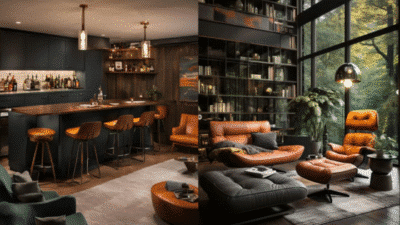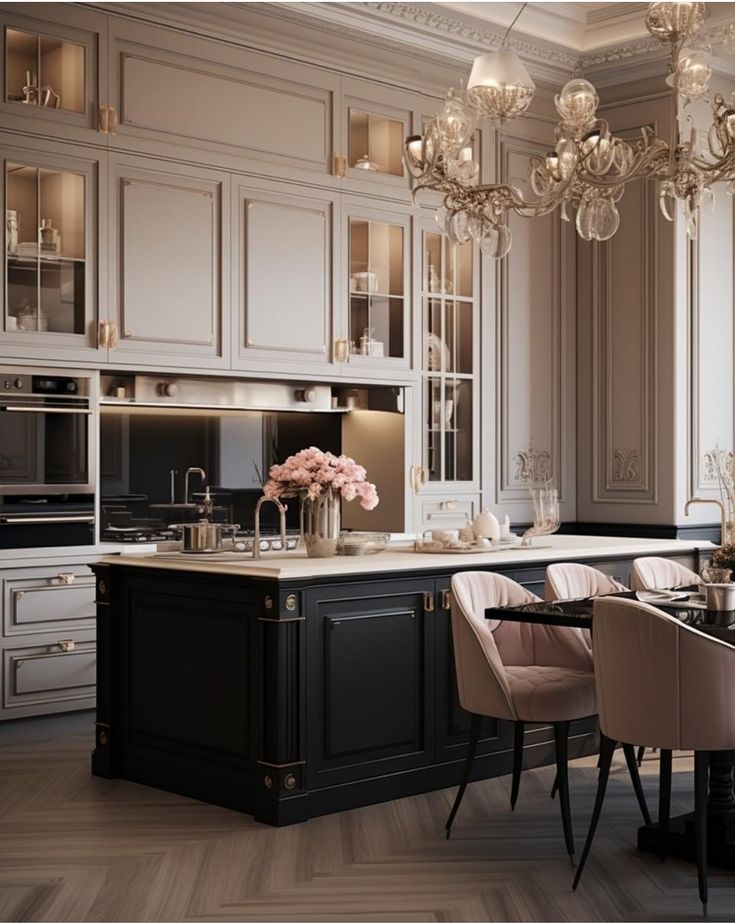
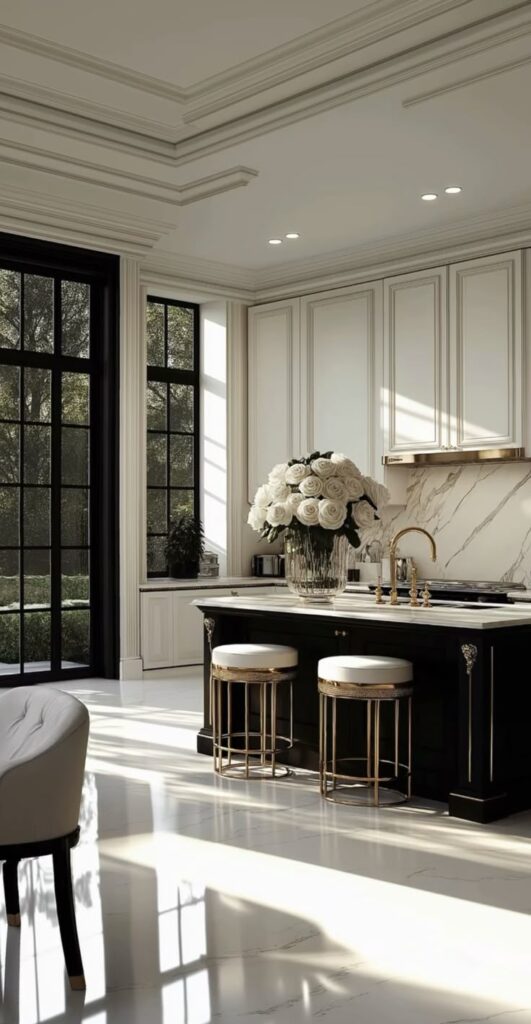
Solid wood surfaces have long held a quiet confidence. While trends come and go, the lasting appeal of natural timber continues to influence kitchen design. As people look for materials that feel genuine and enduring, traditional choices are finding their place once more. Solid wood worktops are being embraced again, not because they are fashionable, but because they bring depth, warmth and character to the space where families gather, meals are prepared and moments unfold.
A Shift Back to Natural Warmth
For years, kitchens were defined by clean lines, glossy finishes and cool colours. But design tastes are changing. Many homeowners are now favouring materials that soften the overall look of a space and create a more welcoming environment. Wood, with its unique grain patterns and tactile finish, is perfect for this. It brings a connection to nature and a comforting presence that manufactured materials often lack.
It’s not just about style. There’s an emotional pull to wooden surfaces. They feel inviting to touch, and the way they develop over time adds a layer of personality that makes a kitchen feel truly lived-in.
The Enduring Allure of Oak
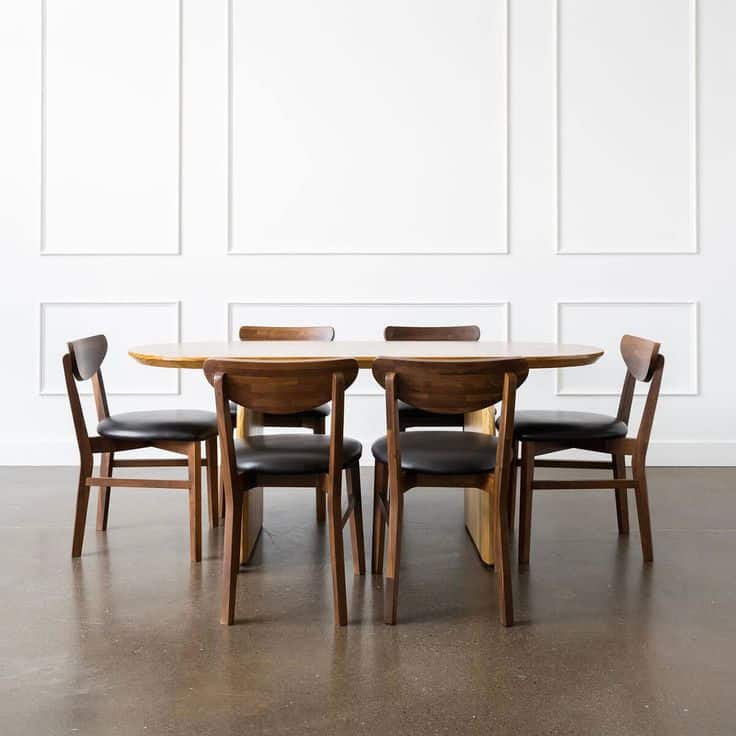
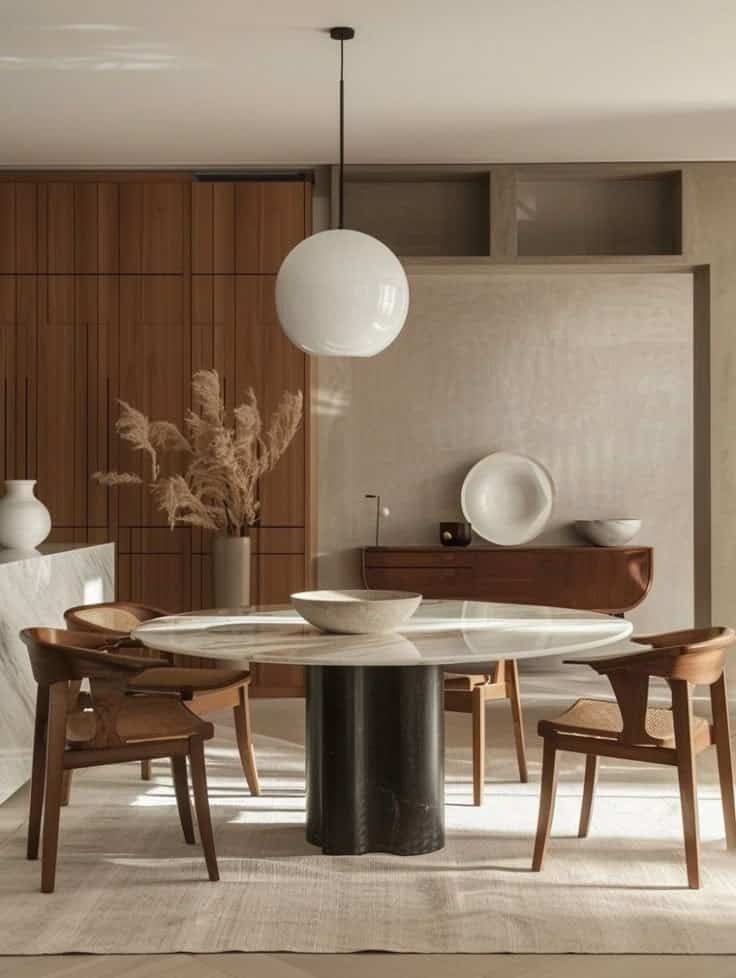
Among the most popular choices, oak continues to stand out for good reason. Known for its strength and distinctive grain, it fits effortlessly into a wide range of interiors. Solid oak worktops bring a rich, honeyed tone that adds warmth to the kitchen. Over time, the surface develops character, becoming more beautiful with each passing year.
Oak is also incredibly versatile. It works just as well with traditional shaker cabinets as it does with minimalist or modern styles. For light-toned kitchens, it introduces contrast. In darker spaces, it provides a sense of balance. Oak’s ability to adapt makes it a favourite for those looking to future-proof their interiors.
Beech: Understated Yet Full of Character
While oak is widely appreciated, other types of timber are gaining attention too. Beech is one such option, offering a slightly different feel. Pale in colour with a soft, pinkish hue, a beech kitchen worktop brings a subtle charm that suits light and airy kitchens. Its fine, straight grain gives a consistent appearance, ideal for anyone who prefers a smoother, more uniform finish.
One of the great strengths of beech is how it responds to finishing. Whether treated with oil for a gentle sheen or left matte for a more natural look, it pairs beautifully with soft greys, whites and pastel tones. This makes it especially popular in spaces that favour a relaxed, Scandinavian-inspired style.
Why Solid Wood is Back on the Radar
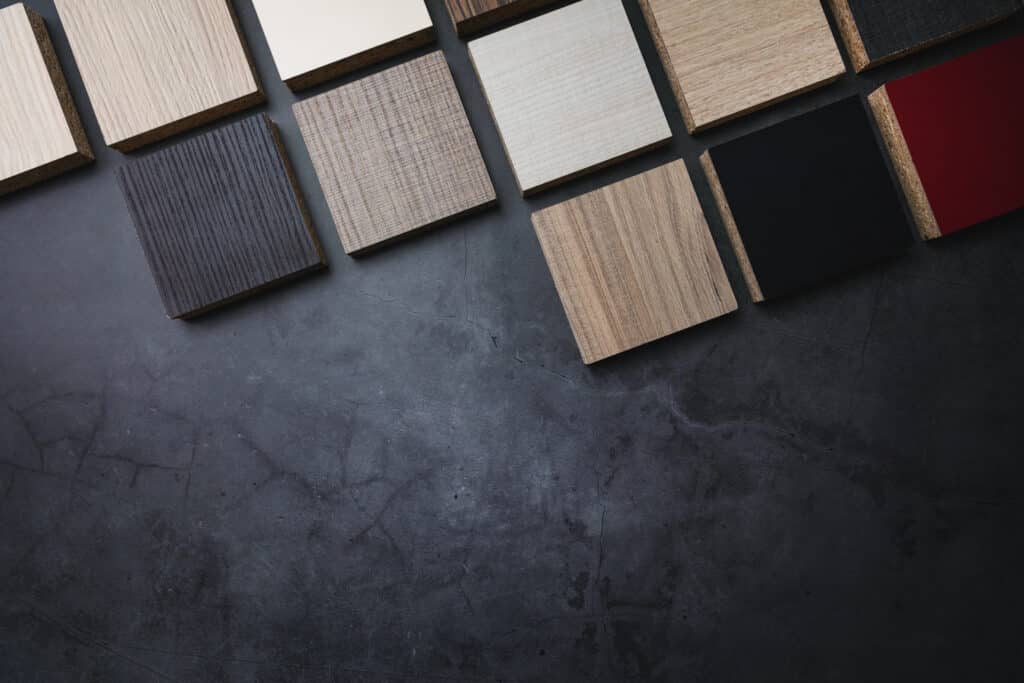
The renewed interest in wooden worktops isn’t based on looks alone. These surfaces are practical too. They’re long-lasting, straightforward to care for and easy to repair. A minor scratch or dent doesn’t mean the end of the worktop, as most marks can be smoothed away, and often, the ageing process simply adds to the appeal.
Besides, unlike stone or composite, wood isn’t cold to the touch. This makes a difference in daily use, particularly in family kitchens where people gather not just to cook, but to spend time together. Wood feels natural and comforting, helping to create a space that people want to linger in.
Marrying Practicality with Personality
Wooden worktops bring personality to a kitchen in a way that few other materials can. They serve as both a work surface and a focal point. Whether forming the base of a kitchen island, a food prep station or a casual dining area, solid wood blends function with feeling. It responds to its surroundings, taking on a patina that reflects its everyday use.
Choosing wood is rarely about following a passing trend. More often, it’s a decision driven by a desire for something that lasts, something that offers beauty and familiarity over time. It suits homeowners who appreciate subtle, thoughtful design and want their space to feel personal.
A Subtle Statement of Taste
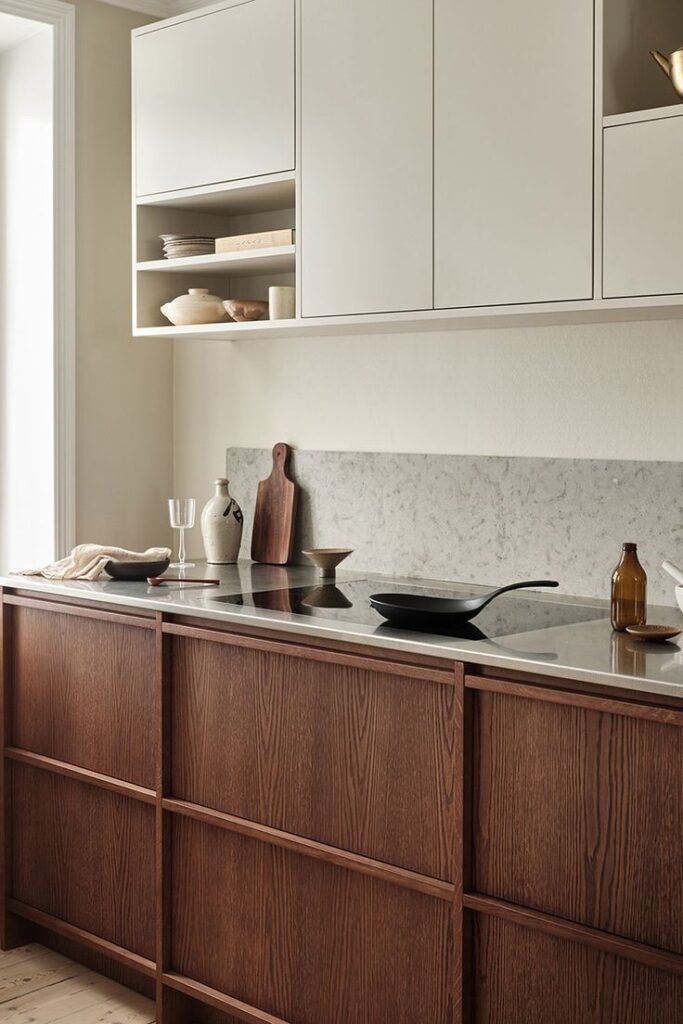
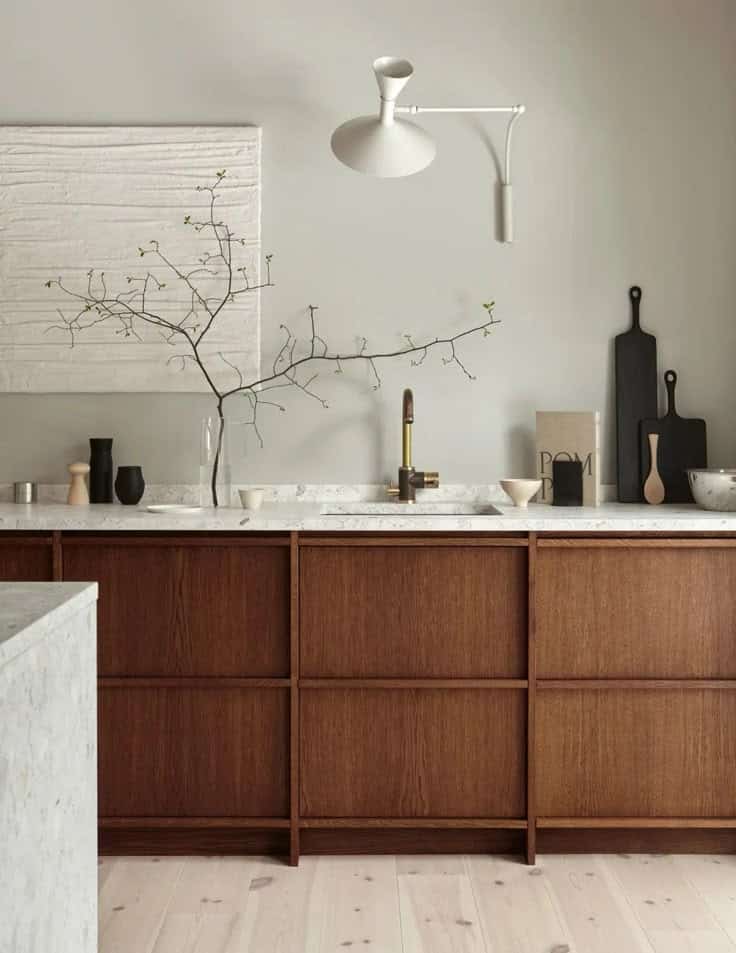
There is growing interest in classical details such as panelled walls, heritage colour palettes and traditional fittings. Wood fits naturally into this style. It adds richness without taking over, and it works just as well in modernised period homes as it does in new builds.
This is where solid wood worktops really shine. They support a design rather than dominate it. Whether used in a Victorian terrace or a countryside cottage, timber helps create a kitchen that feels cohesive, characterful and complete.
Conclusion: A Return to Timeless Appeal
The return of solid wood worktops reflects a broader desire for honest materials and lasting quality. These surfaces are chosen not for novelty, but for the way they age, adapt and remain dependable through the years. They bring warmth, natural beauty and a sense of home that newer materials often lack. Because when it comes to your home, it’s not about making a bold statement: it’s about making the right one.
- 21shares
- Facebook0
- Pinterest21
- Twitter0

